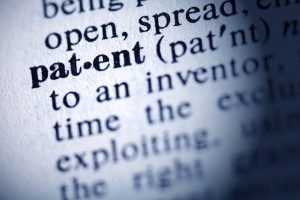Denver Patent Attorney Discusses Patent Trolls – Part 2 of 3
View the video interview here: Denver Patent Attorney Discusses Patent Trolls
Interviewer: Why aren’t they considered to be patent trolls?
Patent Attorney: Universities and research laboratories are generally considered to be making developments and advancements for the good of the people. While they have the resources and capabilities to conduct important research, such as cancer and other preventative disease research, they typically are not well suited to deploy any products. Instead, these laboratories collaborate with businesses that do have the means to develop, test, and bring products to market. So no, these laboratories are generally not considered to be patent trolls.
Interviewer: I see, so why the negative connotation for patent trolls?
Patent Attorney: Well you’ve probably read in some of the articles I’ve linked to on my Twitter account, that these patent trolls obtain patents and then go after companies that are actually making products, and seek out damages, even though there was really no damage to the patent troll. The patent troll never tried to bring a product to market. They are just trying to collect money and even worse, stop legitimate companies from manufacturing products.
Interviewer: So what are states doing to stop these patent trolls?
Patent Attorney: It’s interesting, the article says that Nebraska sent a letter to one of the law firms allegedly representing patent trolls, to leave Nebraska businesses alone. The article says that the letter apparently “warned [the law firm] that it would face serious consequences under Nebraska law if it engaged in ‘baseless harassment’ of Nebraska businesses or pursued ‘costly and destructive litigation’.”
For Part 3 of 3 Follow This Link: Denver Patent Attorney Discusses Patent Trolls – Part 3 of 3



